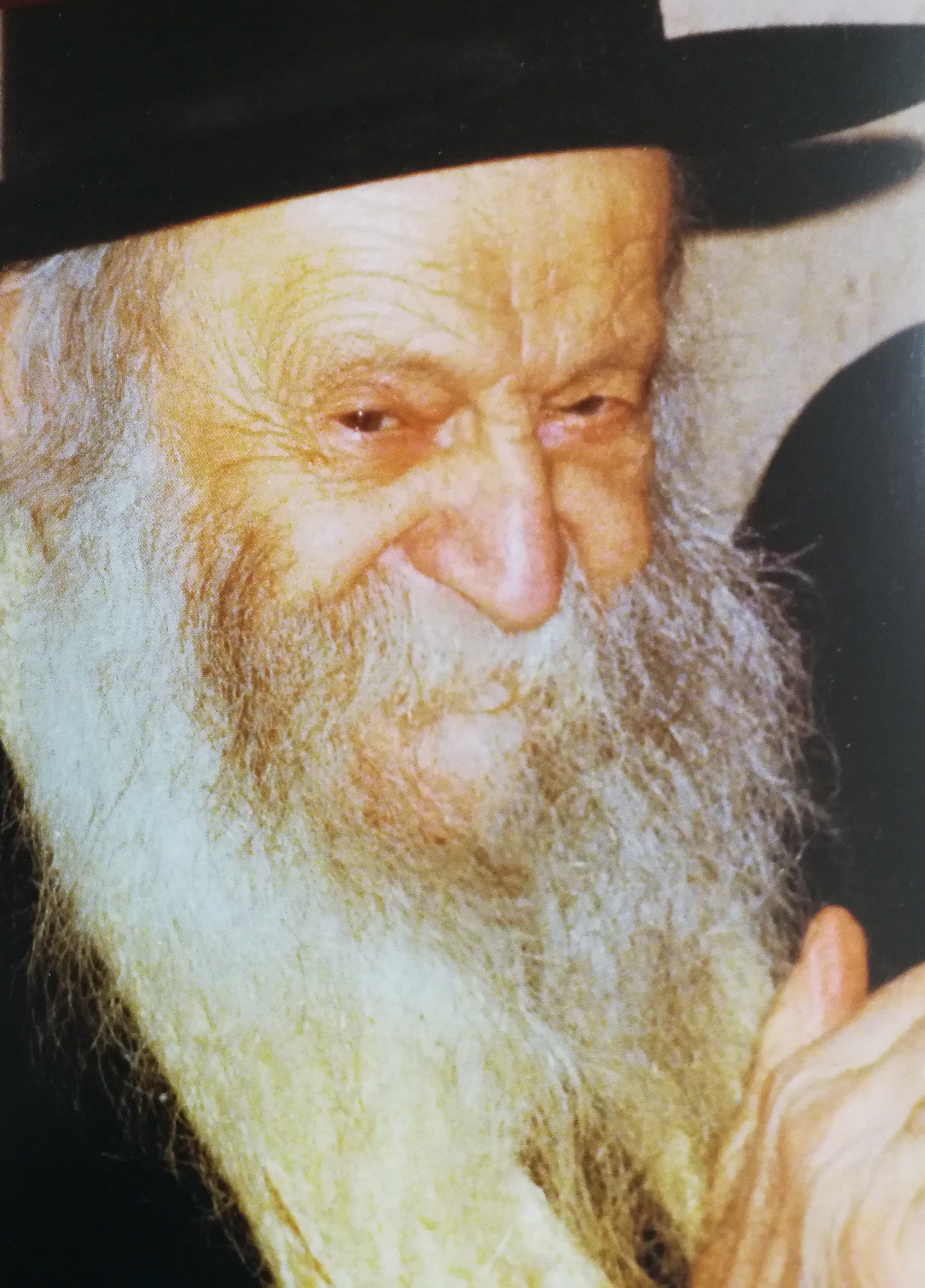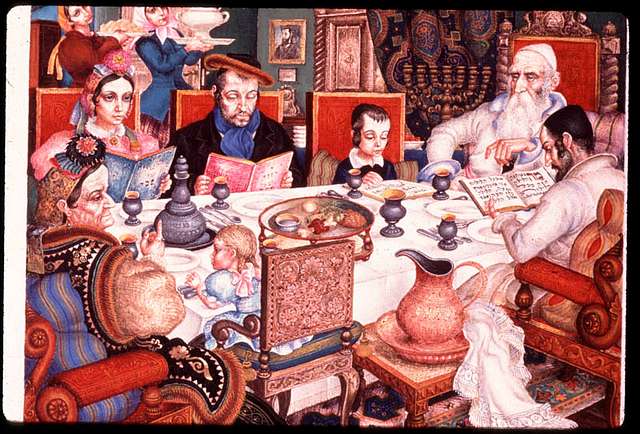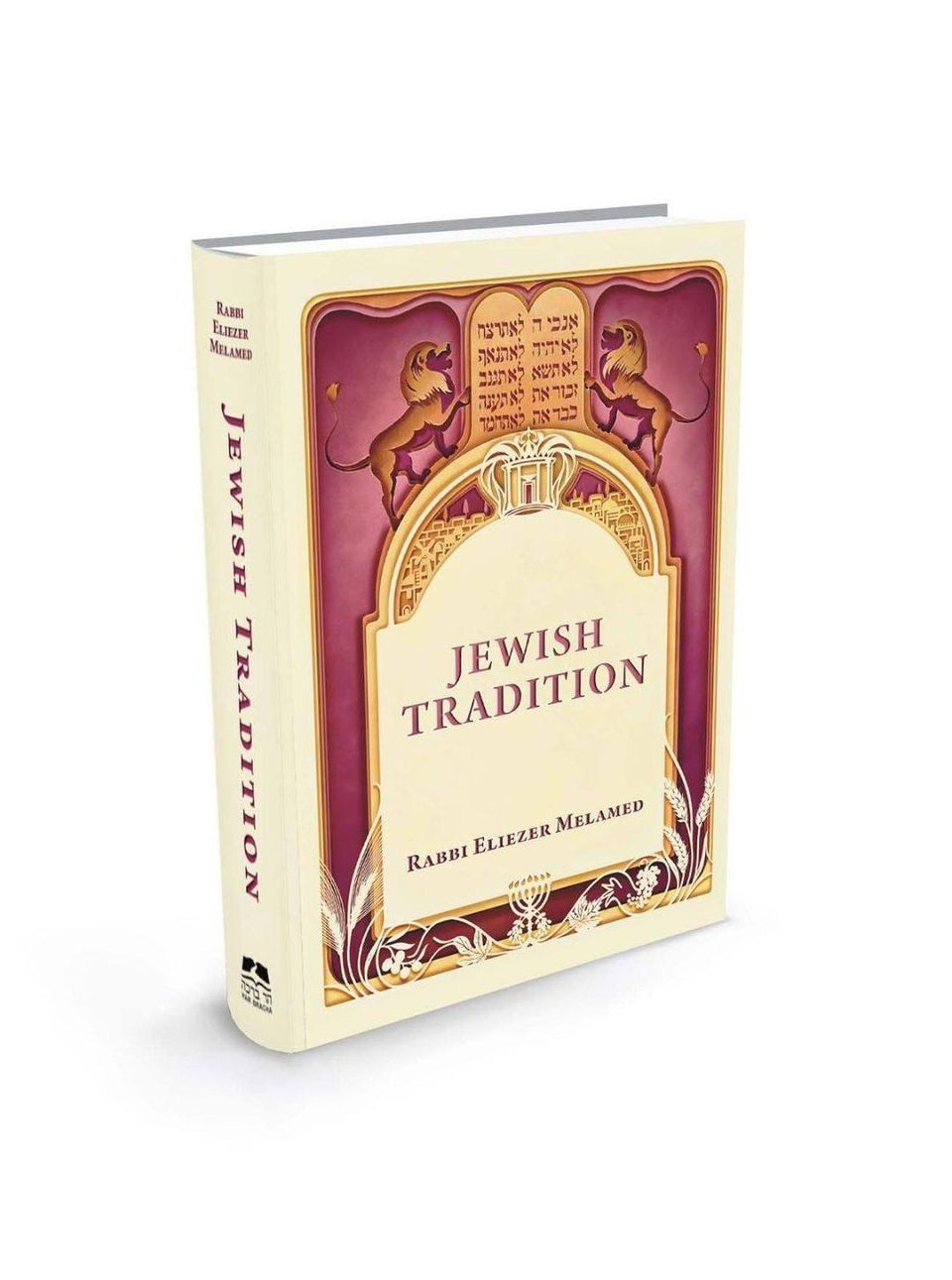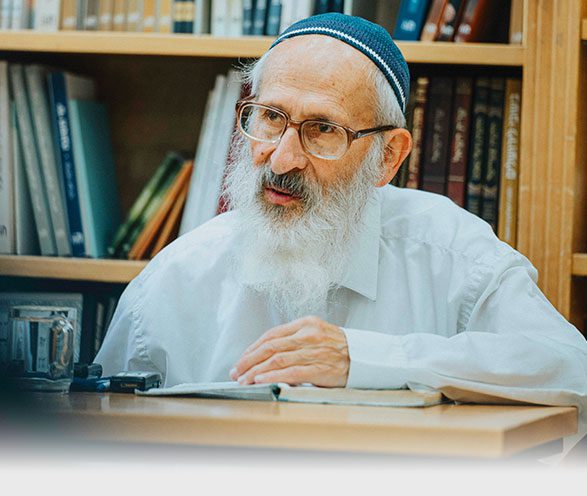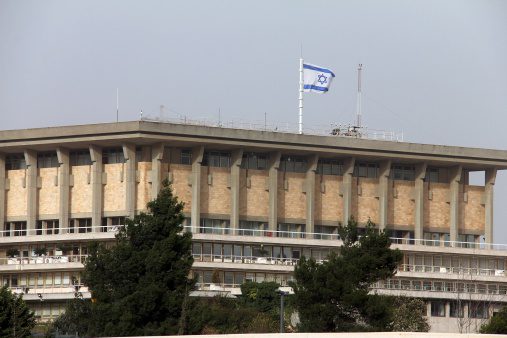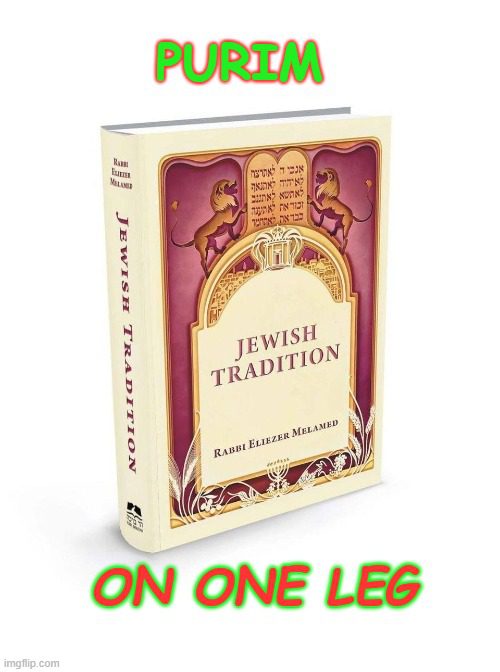Compiled by HaRav Shlomo Aviner from his book “Rabenu.”
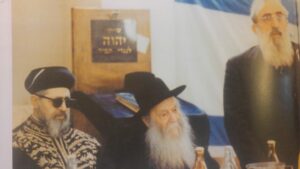
Yom HaAtzmaut
There are those who ask why Yom HaAtzmaut was established on the 5th of Iyar in particular, since on that day no miracle occurred. The Jewish State was declared, and with it a life-threatening situation began since the surrounding Arab countries declared war on the reborn Jewish State. In contrast, Chanukah and Purim were established on the day of salvation, after the battles ended. HaRav Tzvi Yehuda explained that the courage to declare the State is the miracle of miracles, the soul and root of all of the miracles and wonders which followed. (“L’Netivot Yisrael,” Vol. 1, pg. 179). The Talmud discusses a shepherd who abandoned his flock, leaving it prey to a beast of prey which came and tore it to pieces. The Rabbis established that his responsibility for the slaughter depends on whether or not he would have been able to save the animals. If he would not have been able to overcome the attacking predator, he is exempt from all payment. The Talmud asks: Why is this so? Perhaps he would have overcome the beast, as happened with David, as he says, “Your servant slew both the lion and the bear,” (Shmuel 1, 17:36)? Perhaps a minor miracle would have occurred (Baba Metzia 106A)? The Tosafot describe the miracle: “A spirit of courage and the knowledge to wage war,” (Tosafot ibid.). So too in the matter of the declaration of the State. Indeed, a miracle occurred. The Israelite Nation, which just two years before had been turned into ashes, now arose and declared national independence and statehood, along with the willingness to wage war. “This national awakening, the willpower to transform the yearning into effort and deed, the mental readiness and the strength to actualize the need to rescue and revive with a supreme, inner emergence of power… this is a miracle from the Heavens. The fact that the Nation of Israel was filled with the spirit to fight and the knowledge to wage war is the foundation of all miracles. 30
HaRav Tzvi Yehuda was overtaken by excitement and exaltation on Yom HaAtzmaut. It seemed as though he was located in the upper worlds, so completely focused was he on the day’s holy meaning. He was insistent about holding a festive meal held in the Yeshiva in order to demonstrate that Yom HaAtzmaut is a national holiday and that its meal is a Seudat Mitzvah. Afterwards, when guests and students would speak, he would listen attentively to all of them. During his own speech, he would respond to anything that had been said which he did not think to be correct.
HaRav Tzvi Yehuda greatly valued going out into the streets of the city and participating in the dancing with “Amcha” (literally: “your people” an affectionate term for the public). On the night of Yom HaAtzmaut, at the end of the celebration at the Mercaz HaRav Yeshiva, he would go to dance in front of the President’s House in order to express his full identification with the Jewish State. Even though the President was not awake at this late hour, the Rosh Yeshiva would take this same route each and every year. When a student pointed out to him upon their arrival at Beit HaNasi that the President would not come out to greet them because he was sleeping, HaRav Tzvi Yehuda responded: “What does it matter to me if he is awake or asleep? We are honoring the Kingship, since we have a President!” Furthermore, he always asked the guards to deliver his blessing and the Yeshiva’s blessing to the President. He did not pay heed to the fatigue of those around him, rather he emulated the exuberance of Eliyahu the Prophet, who would gird his loins and run before the chariot of Achav until they reached Yizre’el, in order to honor the Kingship, (see Melachim 1, 18:46, and Menachot 98A).
In the first years after the establishment of the State, when no celebration for Yom HaAtzmaut was held in the Yeshiva, HaRav Tzvi Yehuda said: “I am going out to the street to ask people why they are dancing, to initiate conversation, to create a connection with our people. A year does not go by without people returning to faith. This is an evening to be spent with the Clal Yisrael, the entirety of Israel.”
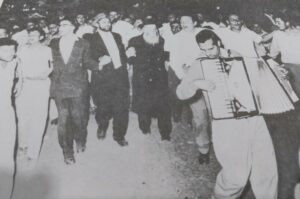
HaRav Tzvi Yehuda agreed to have a party in the Yeshiva only on the condition that afterwards they would go out and dance together with everyone, in order to show that the party was no private celebration, but a celebration of all of the Nation.
HaRav Tzvi Yehuda insisted that his students also dance in the Yeshiva on the afternoon of Yom HaAtzmaut after another festive meal, even if they were night from the previous night’s celebration. He danced with great enthusiasm, as if demonstrating the fervor of King David and t actualize the verse, “All of my limbs shall speak,” (Tehillim, 35:10).
Various students asked HaRav Tzvi Yehuda before Yom HaAtzmaut if it was permissible to shave for this holiday (since there is a custom not to shave during the period of Sefirat HaOmer). HaRav Tzvi Yehuda did not answer. Later he responded: “Tomorrow there will be an exam on your faces.” On Yom HaAtzmaut he saw that some students had been strict with themselves and had not shaved. He said of them: “Their faces show their character,” (Yeshayahu, 3:9). He added: “When there is faith, there is joy, and when there is joy there are no halachic doubts. How long will we speak out of both sides of our mouths? Do we believe in the Revealed Redemption or not!?” (see, Melachim 1, 18:21).
In the year 5718, Ben Gurion gave an unequivocal and powerful directive to establish a military parade in Jerusalem despite the United Nations instruction not to bring heavy weaponry into the city. Jordan also complained to the Security Council. America voiced their protest as well. Ben Gurion commanded our Ambassador, Abba Eban, to inform the Americans that we overruled their objections. Eban proclaimed that Jerusalem was ours and that we would do what we pleased there. Nobody, he declared, would dictate to us regarding Jerusalem. During the party on the night of Yom Ha-Atzmaut, HaRav Tzvi Yehuda mentioned this incident with great excitement: “The non-Jews want us to do what they want, and our Abba Eban, Shlita, informed them that we do not take their opinion into consideration. We will do what we want in Jerusalem.” Everyone noted his use of the expression “Shlita” – meaning, “May he live long and happily, amen!” – an honorary blessing usually reserved for a great Rabbi.
HaRav Tzvi Yehuda would eagerly go to the military parade and stand with his students in solidarity across from the Knesset. He saw in the military display a revelation of the Israeli Statehood. With enormous joy he would say: “The tanks, the weapons, the planes, and the Tzahal uniforms are all ritual objects used for the mitzvah of settling the Land, for the mitzvah of maintaining our authority over the Land, and for the mitzvah of establishing Jewish independence in the Land. Since it is a mitzvah – behold, then the tanks and airplanes are holy! When performing a mitzvah, don’t we say, ‘Who made us holy with His commandments?’”
Even when Rabbenu was more than seventy years old, he still stood for many hours in the sun during the parade. When students brought him a chair, he refused to sit because he wanted to be with the people who stood along the route of the military parade. He even entered a nearby Beit Midrash and urged the students who were learning there to go to the parade and to see what he called, “this great sanctification of Hashem’s Name.” He would take interest in every vehicle and weapon that passed, and remark, “Praiseworthy is the Nation for who this is so, praiseworthy is the Nation whose G-d is Hashem,” (Tehillim, 144:15).
HaRav Tzvi Yehuda rejoiced over the State of Israel even though it was not perfect, and on Yom HaAtzmaut he danced with great joy. He once said, “When I saw the Nation of Israel dancing, I saw the Holy One Blessed Be He dancing with them.” 31

